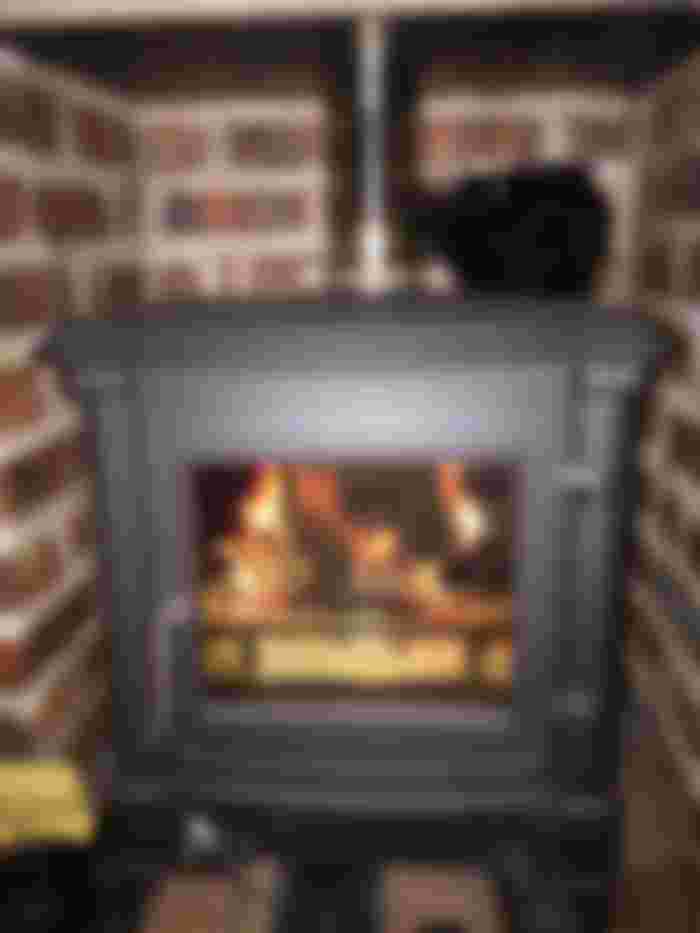It’s winter now in the Southern Hemisphere and people are now resorting to using their fireplaces again to generate heat in their homes.
If you are a first time woodburning fireplace owner or if you are a bit rusty when it comes to starting a fire, then this article is for you.
Firstly, what is a closed combustion fireplace, you may ask? Well, it is distinguished by the fact that they are fully enclosed fireplaces that have fire-resistant glass doors or windows that contain the fire within the stove or fireplace. A closed combustion fireplace burns efficiently and cleanly, retaining as much as 85% of the heat. Whereas open fireplaces have a heat retention rate of about 30%. In effect it only burns about one-third of the fuel to provide the same heat output as an open fire while giving off hardly any smoke, soot or gas.
So how do we start a fire in a closed combustion fireplace?
There is a science and a technique to starting a fire properly in a fireplace.
Cover the bottom of the firebox with crumpled balls of paper or place 2 pieces of fire-lighters in the firebox.
Stack sufficient dry kindling (small pieces of wood) on top of the crumpled balls of paper or over the firelighters.
Stack the kindle in a crisscross fashion on top of the paper or as a teepee over the fire-lighters.
Place a few pieces of crumpled paper on top of the stack of kindle or one piece of fire-lighter on top of the kindling.
Ensure that your primary and secondary airflow is fully open.
First light the the crumpled paper or fire-lighter on top of the kindle. This will establish an airflow or draft up the chimney.
Light the fire-lighters or balls of crumpled paper in your fireplace; leave the door slightly ajar (20mm). Allow the kindling to burn for about 5 minutes.
After the fire has established itself, add a few pieces of wood/logs on top of the kindling and then close door.
Once you have attained a comfortable room temperature, regulate the air supply into your firebox so as to increase the burn time of the wood. Ensure that the wood always burn with a flame to prevent the glass from blackening.
Do not burn a fire with your door open for an extended period of time, as it may cause damage to your fireplace.
The primary air supply should only be opened during the starting of the fire.
Closing both primary and secondary air supplies at any given time, will deprive the fireplace of oxygen and extinguish the flames. Invariably it will cause the glass of the fireplace to blacken.

That’s it! You should be able to fire up your fireplace consistently without getting smoke in your eyes and clothes!
Enjoy!

Thank you for your comments. The problems that you've observed is the very reason that you should consider a closed combustion fireplace or convince your neighbours to convert 😉. I initially had an open fireplace and had the same problems that you raise. i decided to install a closed combustion fireplace and have been happy ever since. All the smoke, gases and odours are contained within the sealed fireplace and expelled through the chimney. almost all the emitted gases are burnt off within the fireplace. Thank you for reading and commenting. 👍